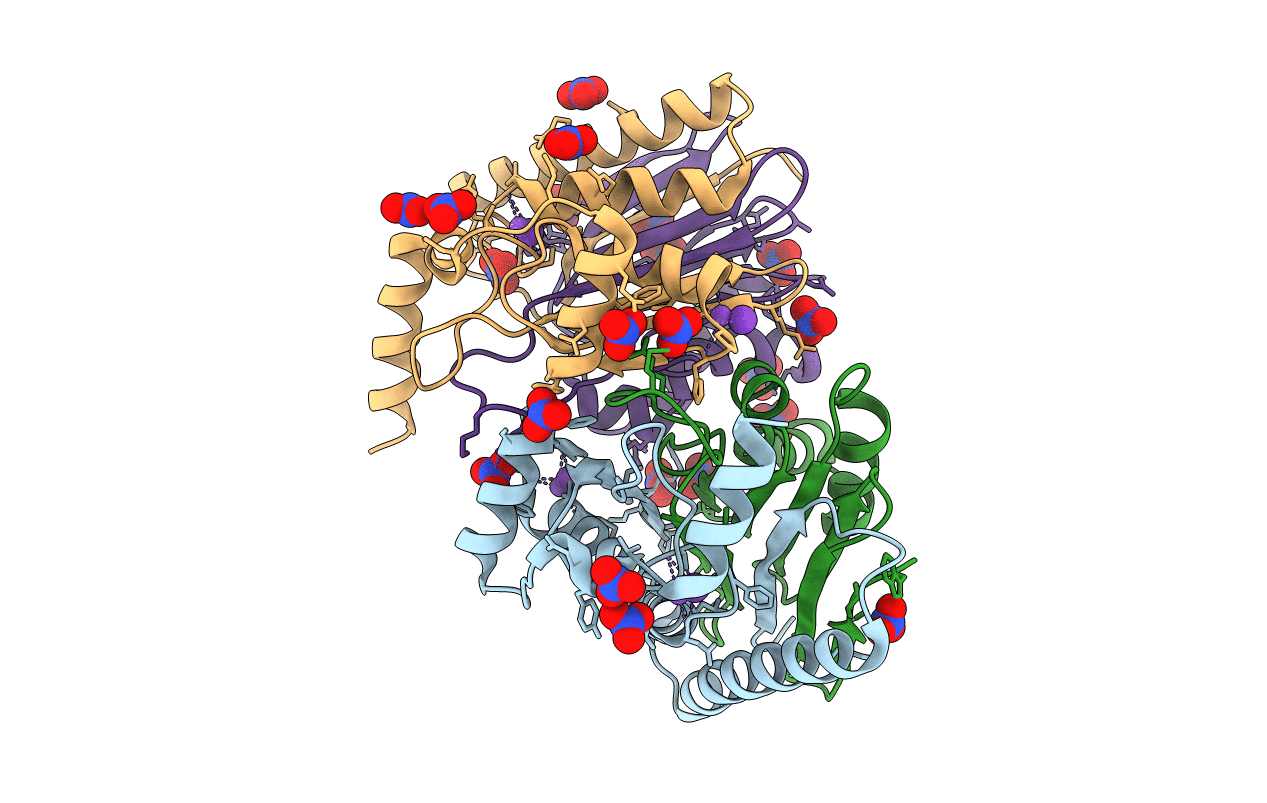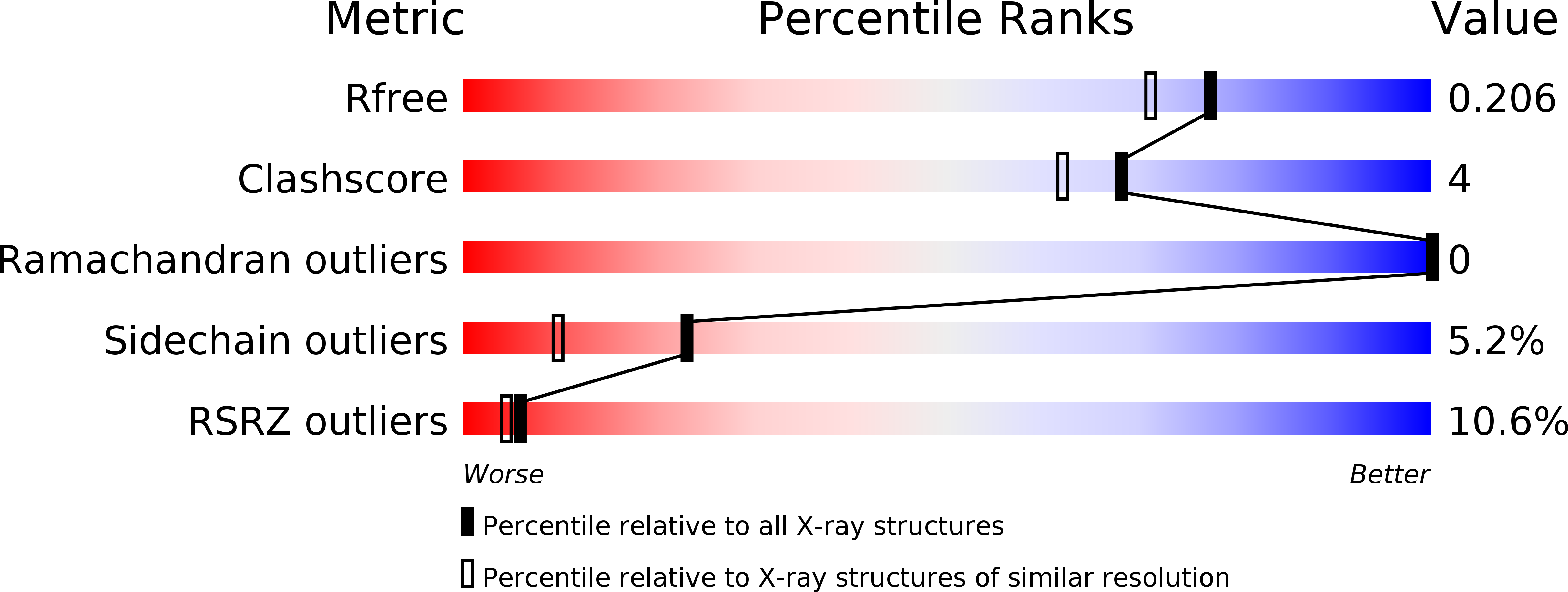
Deposition Date
2014-03-14
Release Date
2014-09-03
Last Version Date
2023-11-08
Entry Detail
PDB ID:
4PV2
Keywords:
Title:
Crystal structure of potassium-dependent plant-type L-asparaginase from Phaseolus vulgaris in complex with K+ and Na+ cations
Biological Source:
Source Organism:
Phaseolus vulgaris (Taxon ID: 3885)
Host Organism:
Method Details:
Experimental Method:
Resolution:
1.79 Å
R-Value Free:
0.20
R-Value Work:
0.16
R-Value Observed:
0.16
Space Group:
P 21 21 21


